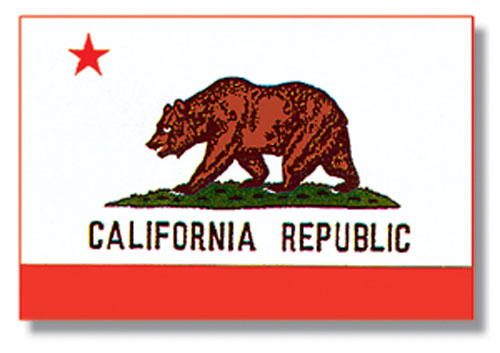Practice Quiz 2

California for Educators
The following quiz is provided for you to check your understanding of the material you will be responsible for knowing later in the semester.
Directions: Consult your class notes, your reading assignments or on-line exercises to find the information you need to complete this quiz. Similar questions will appear on the in-class version of this quiz, but it will be worth a greater portion of your semester-end grade. Click on the radio button that corresponds to the letter next to the best answer to the question.


